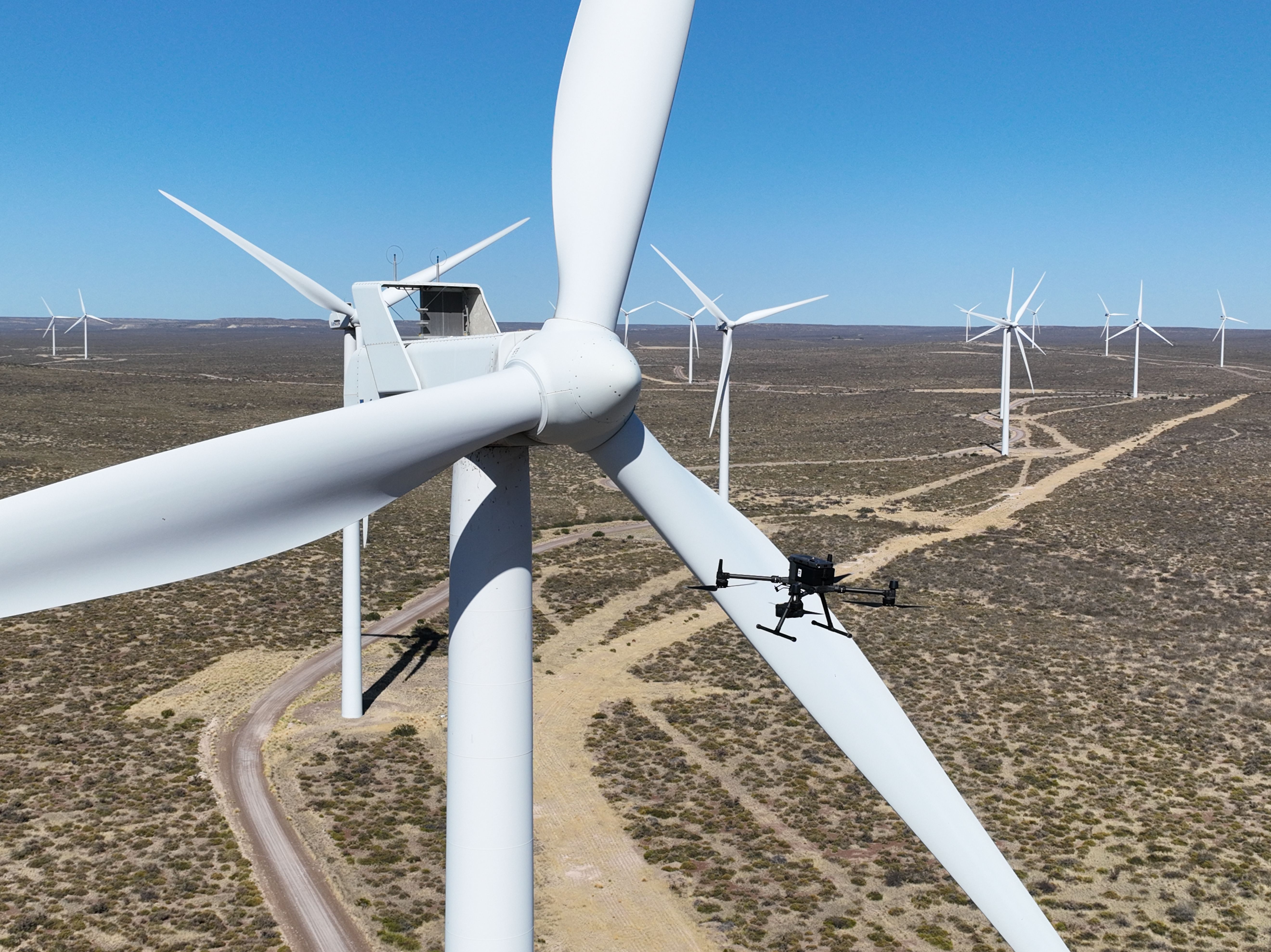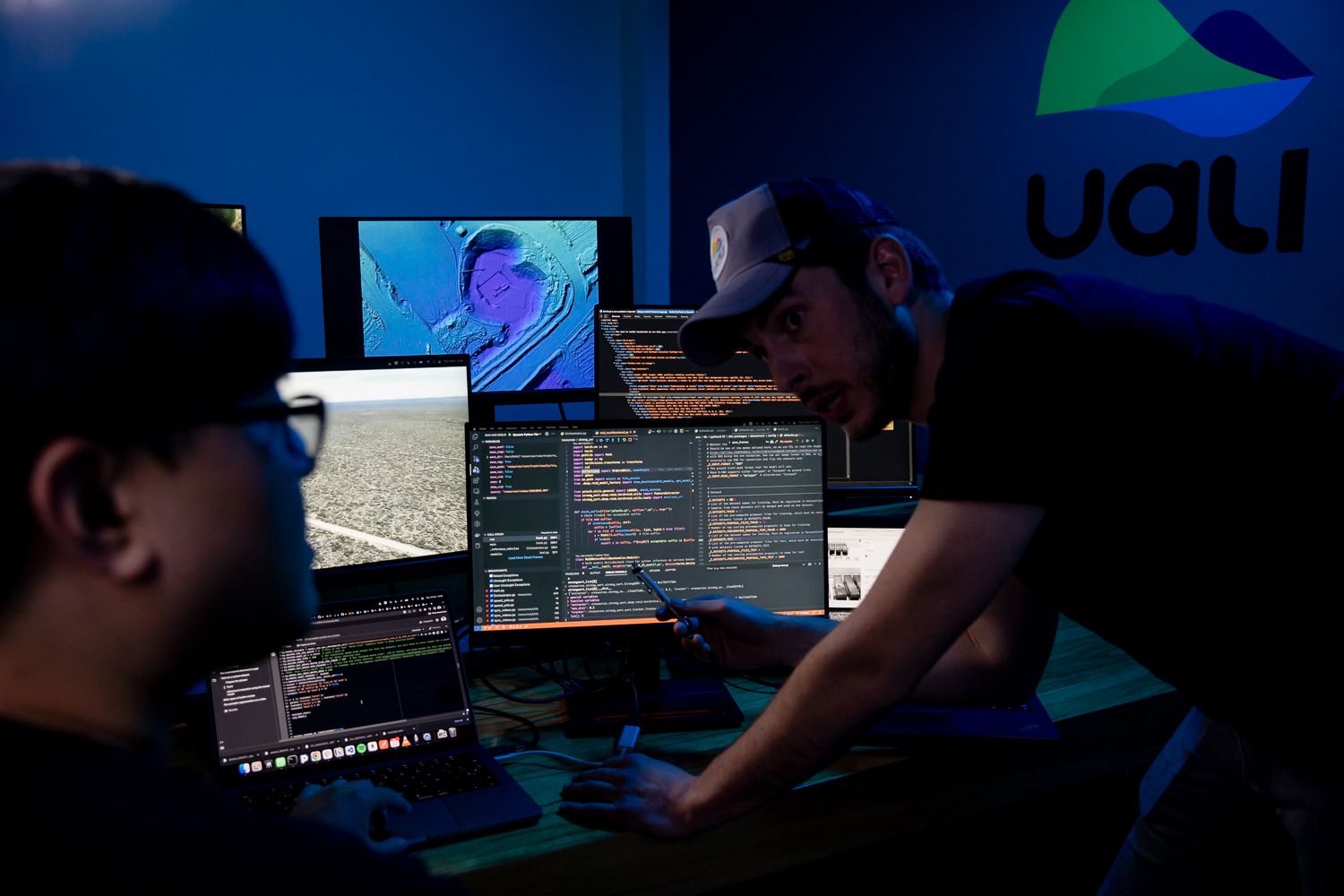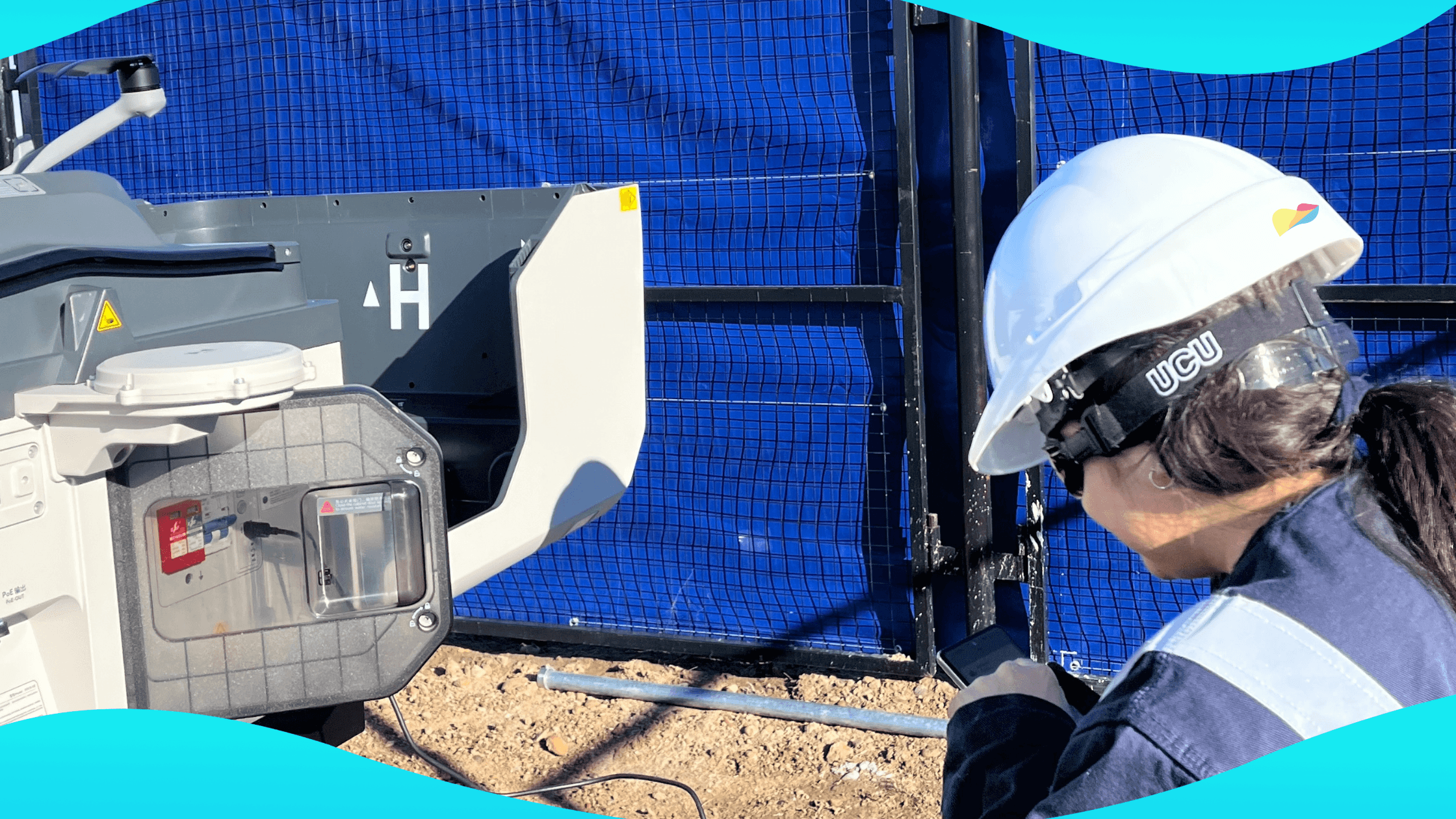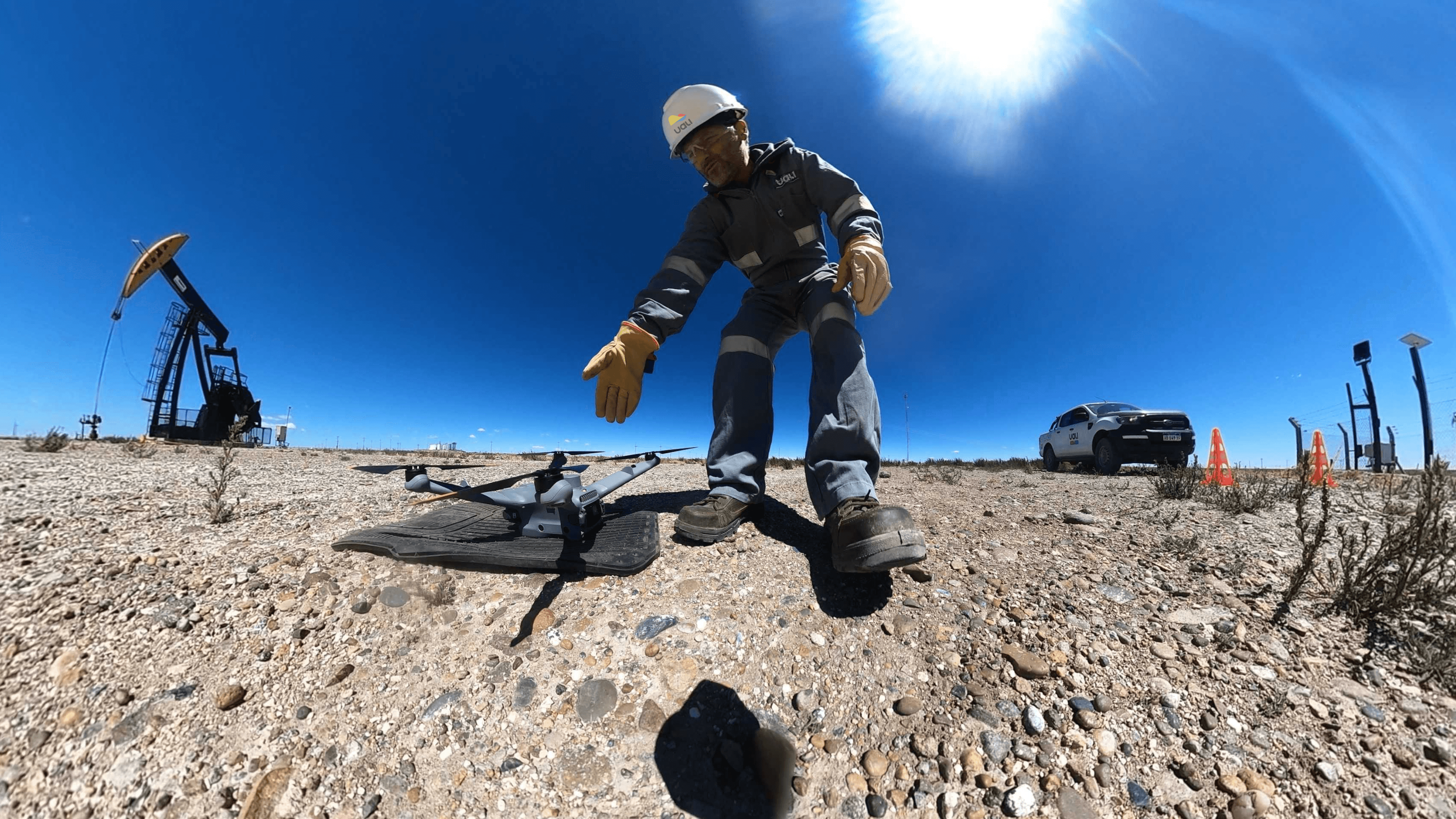News
Intelligent monitoring of wind turbines in motion
The Argentine start up, Uali, applies innovation through artificial intelligence for more efficient inspections in the energy industry.

Wind farms are one of the fundamental bases for the global energy transition with great advantages and opportunities, however, they have a problem that must be solved and that is that wind turbines must be completely stopped in order to be inspected, which, in addition to being inefficient, involves a huge cost of lost production.
High-quality images without slowing down turbines
Faced with this problem, the logical question arises: How to optimize the wind turbine inspection process, reduce costs and enable intelligent maintenance? Uali offers the solution to the market through the use of robotics and artificial intelligence, combined in a data visualization platform that allows energy companies to provide a complete assessment of the asset, reducing operating time and ensuring safety without compromising workers.
This is how Uali implements a flexible solution to inspect and manage wind assets without slowing them down, through the integration of robotics and artificial intelligence in an easy-to-visualize platform. Data capture with drones provides a dynamic, safe and efficient alternative to collect information from critical elements of a wind turbine, increasing the accuracy of the data collected and ensuring operator safety by reducing the risk involved in climbing to dangerous heights.
Driving the energy transition using robotics and Artificial Intelligence
The use of drones equipped with cameras and sensors to inspect wind turbine blades can reduce inspection time, increase efficiency and identify potential problems before they become major issues. In addition, the use of data analytics and machine learning to analyze the data collected provides information that can streamline maintenance decisions. By using these technologies, wind turbine operators can save time and money while improving the reliability and performance of their assets.
Combining real-time data collection with analysis tools at scale makes it possible to provide accurate and actionable information. Artificial intelligence is the key component of Uali's value proposition because as the models process more information, more accurate information is delivered to users.
What is being sought by inspecting wind turbine infrastructure in motion?
- Detection and categorization of anomalies by type:
- Leading edge erosion
- Lightning damage
- Impact damage
- Decommissioning
- Delamination
- Longitudinal or transverse cracks
- Dry fibers
- Damage to the top layer
- Dimensional calculations of the size of the anomaly, and its position in the asset.
- Criticality of the anomaly to estimate with what priority a repair is needed.
- Thermal analysis using heat maps for fatigue verification.
Victoria Gardella, Head of Renewable Energy at Uali, comments. "Our applications of Artificial Intelligence in computer vision and drones are transforming the way we detect faults in moving wind turbines without the need to stop them for an inspection, reducing losses and increasing energy efficiency. The challenge is to improve the detection model for an even more accurate and effective diagnosis in certain weather conditions."
Currently with offices in Argentina, Spain and the United Kingdom, Uali's main objective is to help the energy industry reduce greenhouse gas emissions, accelerate the transition to a more sustainable energy matrix and increase efficiency throughout the industry.
We join the energy evolution by combining robotics, IoT, and AI with the aim of providing valuable and actionable information that optimizes decision-making processes in asset management. Saving time, costs, and having positive impact on the environment. Get to know us!
Victoria Gardella
Head of renewable energy and alliances


